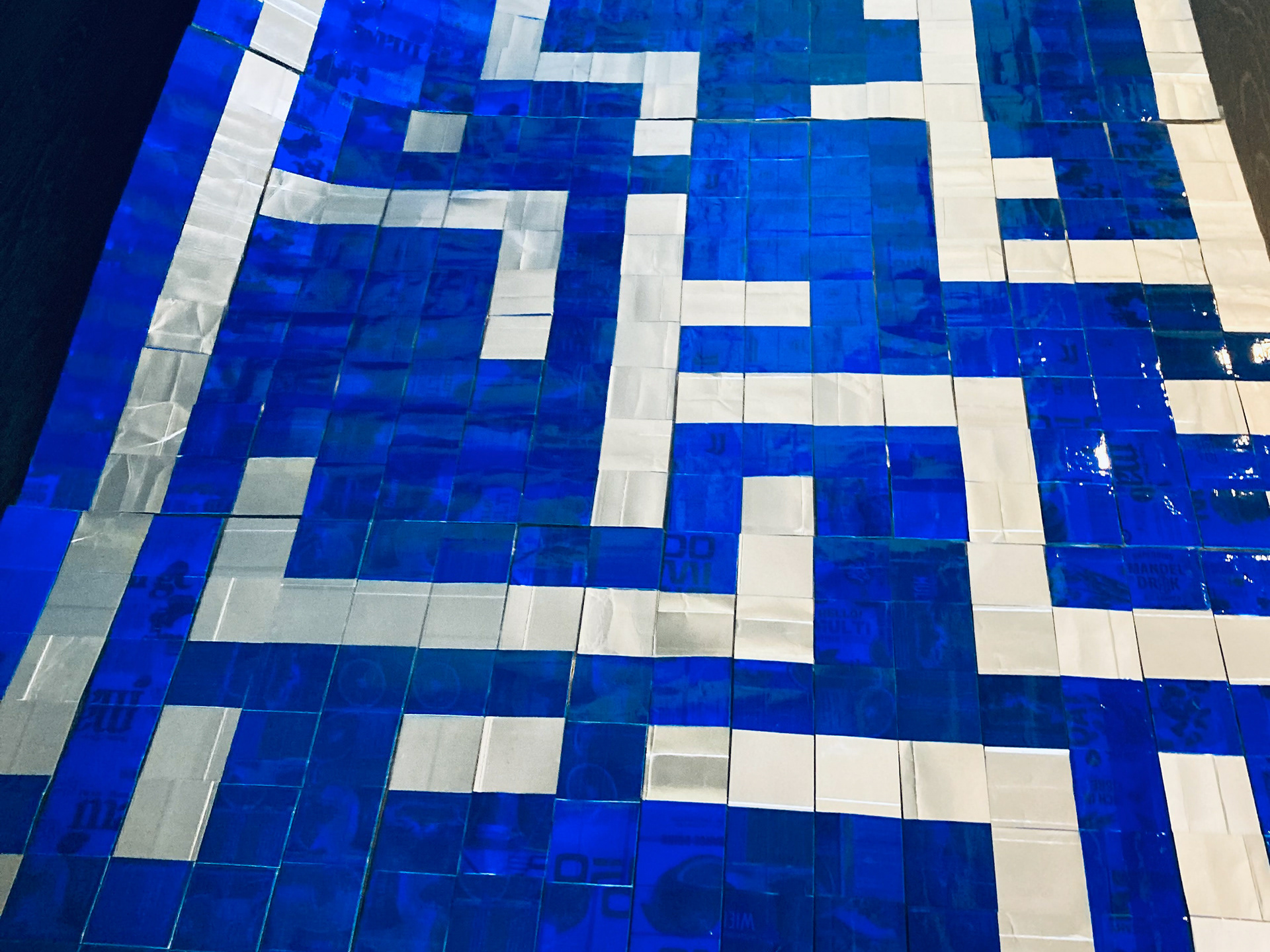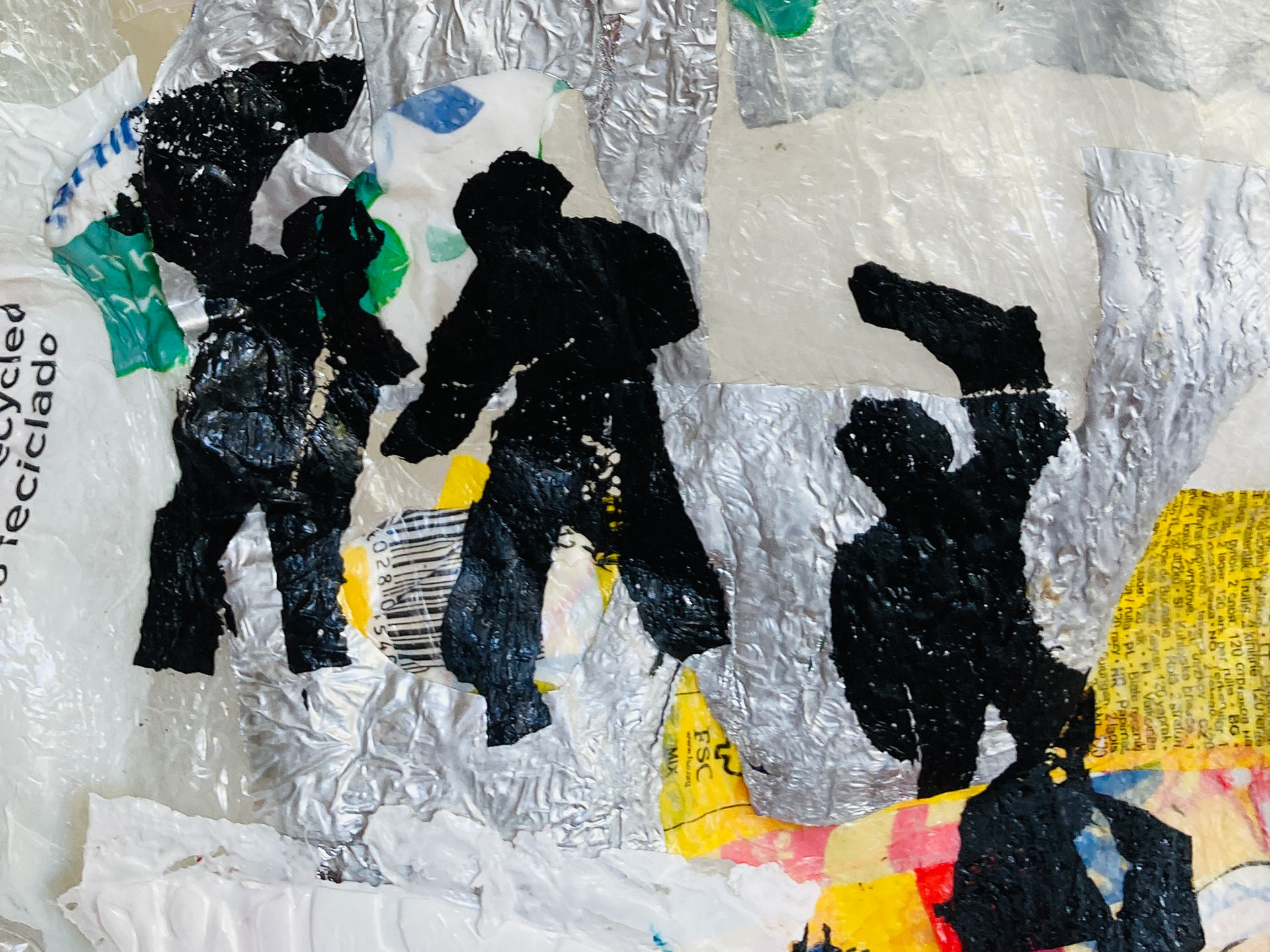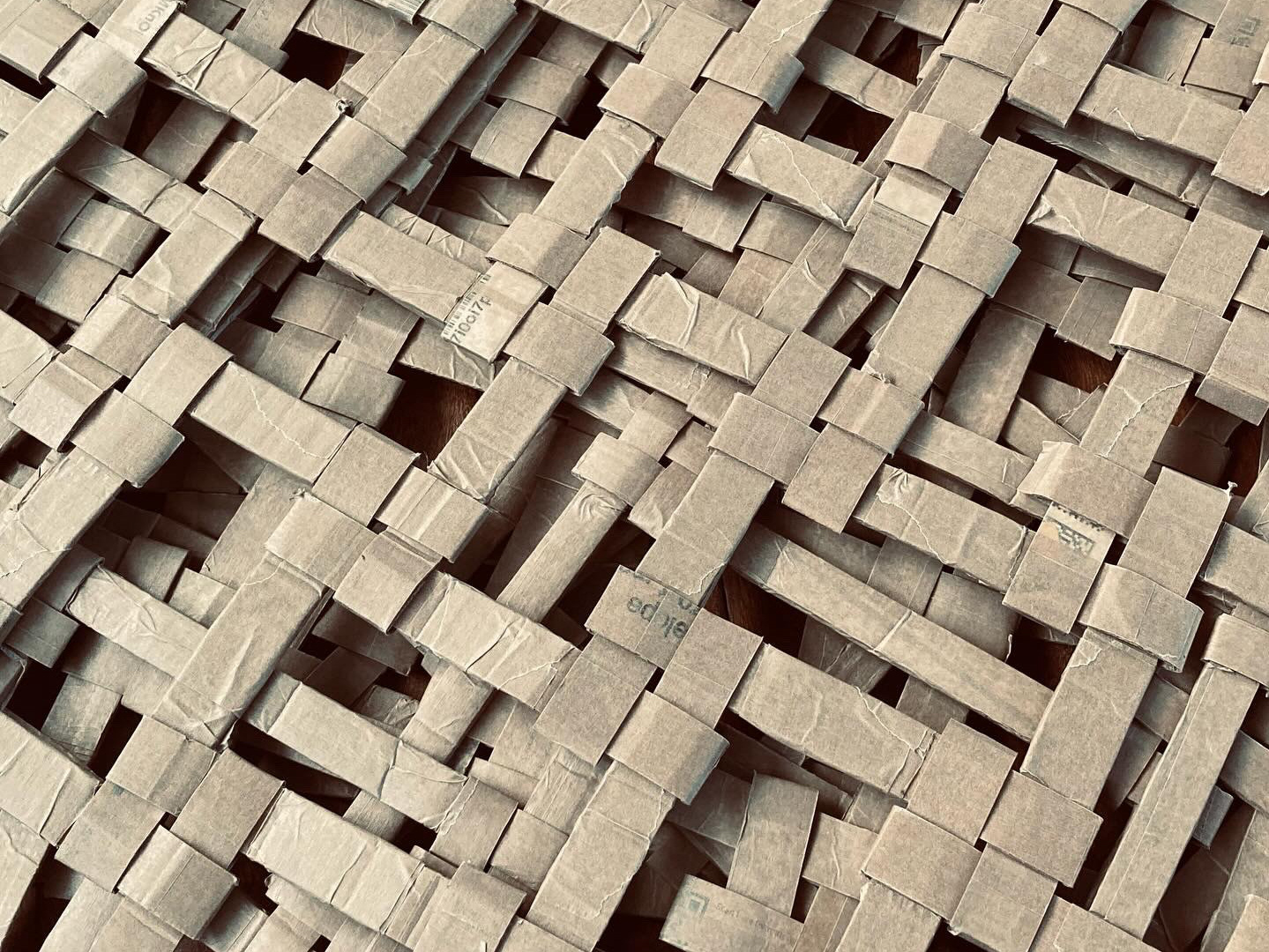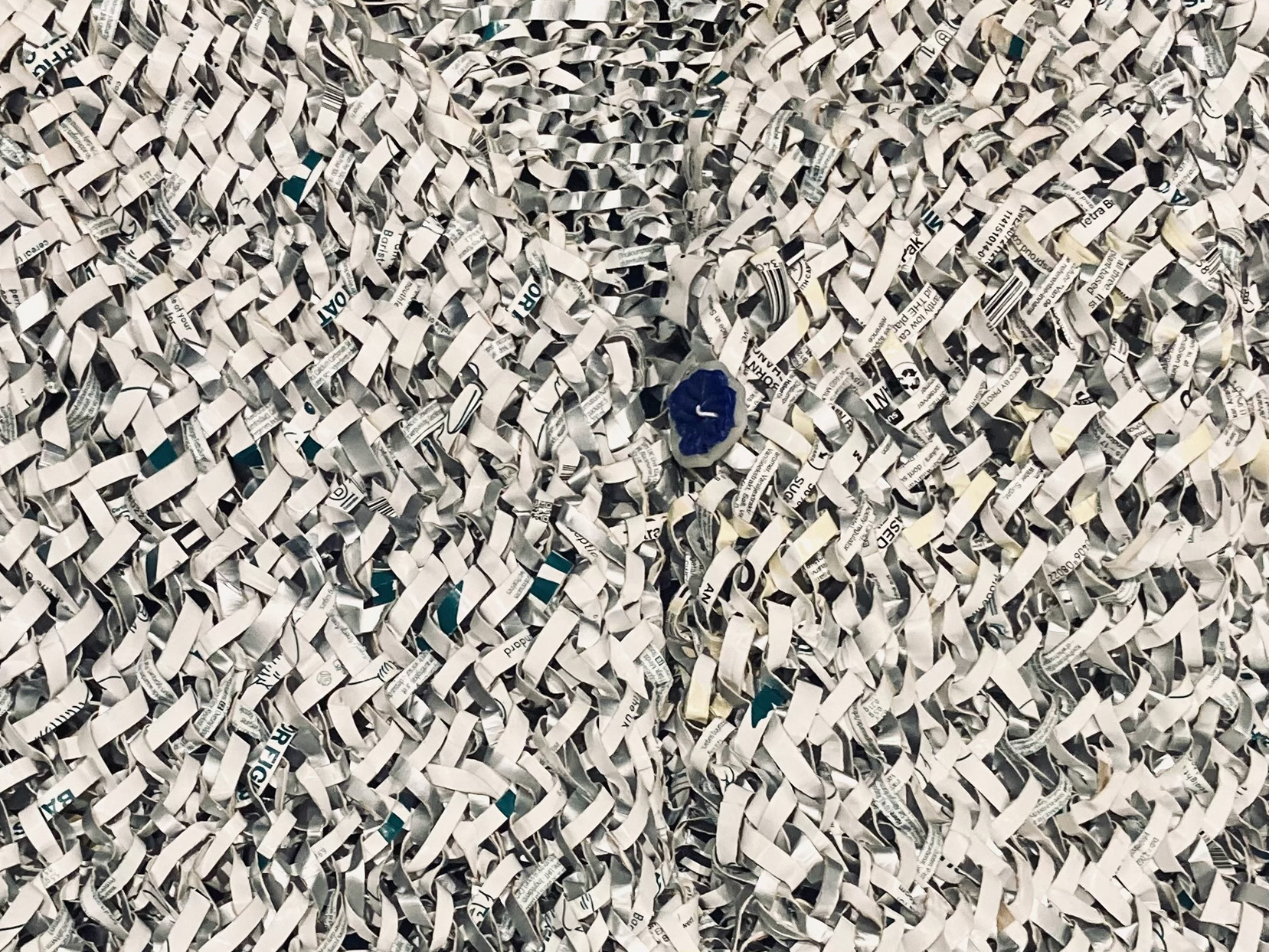About the material:
The cap is a hard plastic, either high density polyethylene (HDPE), or polypropylene.
In the European Union, the 2021 EU directive on "tethered caps" demands that screw caps of PET beverage bottles under 3 litres (including composite containers, i.e. carton) will have to be afixed to the bottles starting July 2024 in order to reduce waste and improve recycling.
Availability:
Millions of bottle caps are produced and consumed daily and only small part is being recycled. According to multiple recourses as greenpeace.org, seasatrisk.org , The plastic bottle cap report (North Sea Fondation) bottle caps are among the most common items found during beach cleaning events around the world as well they are are among the top 5 ocean trash items that are deadly for sea life. Over the last 30 years, more than 20 million bottle caps and lids were found during beach cleaning activities worldwide . Currently, it is unknown how many bottle caps actually enter our oceans and wash up on shore, end up under the sand.
About the idea:
Bottles caps come in a large viriaty of colors and they are beautiful in a way. I wanted to use this potential and to recycle wasted caps into buttons that might be used for costumes.
Pros and cons:
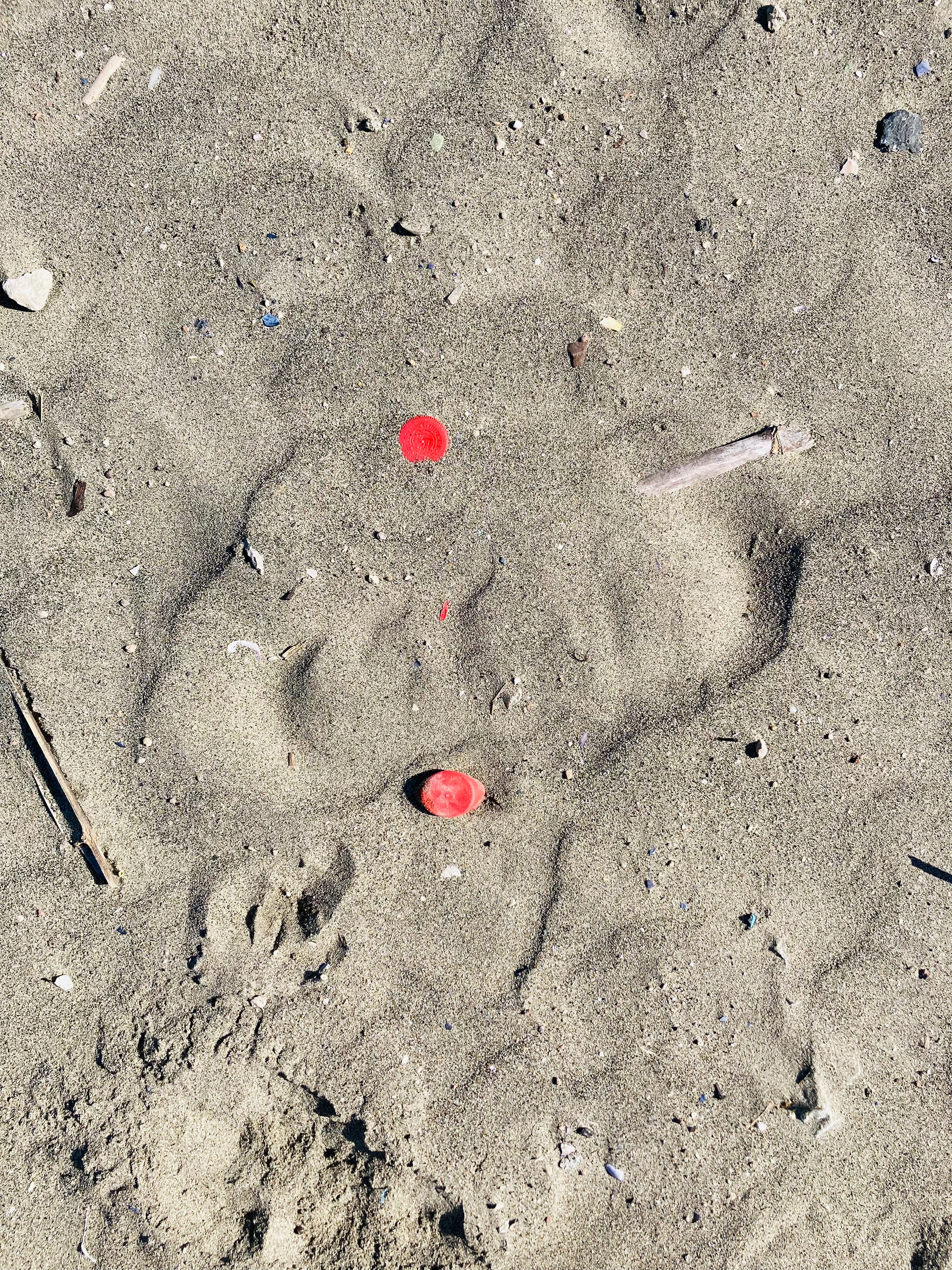
Bottle caps in Fiumicino beach
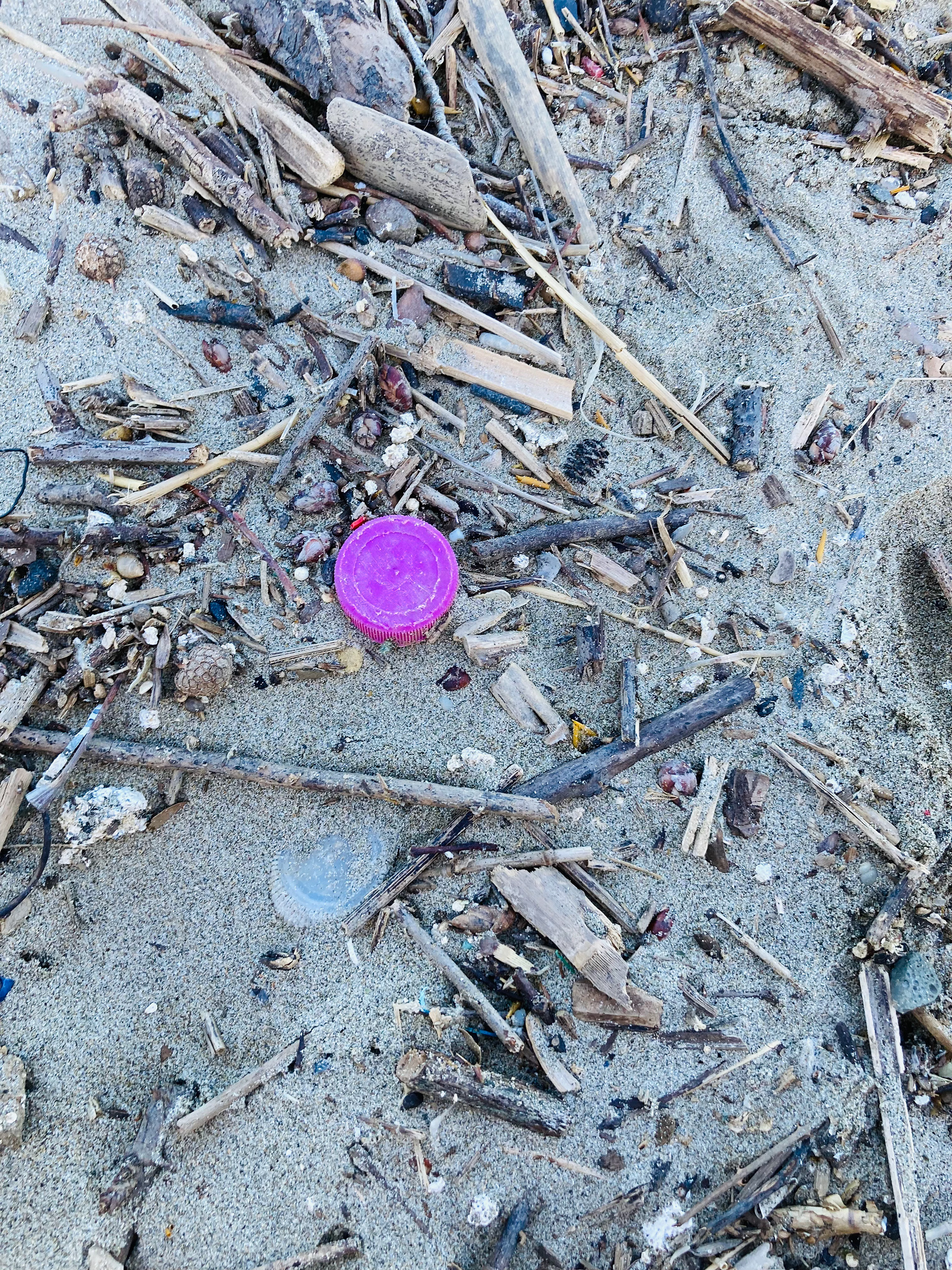
Bottle caps in Fiumicino beach
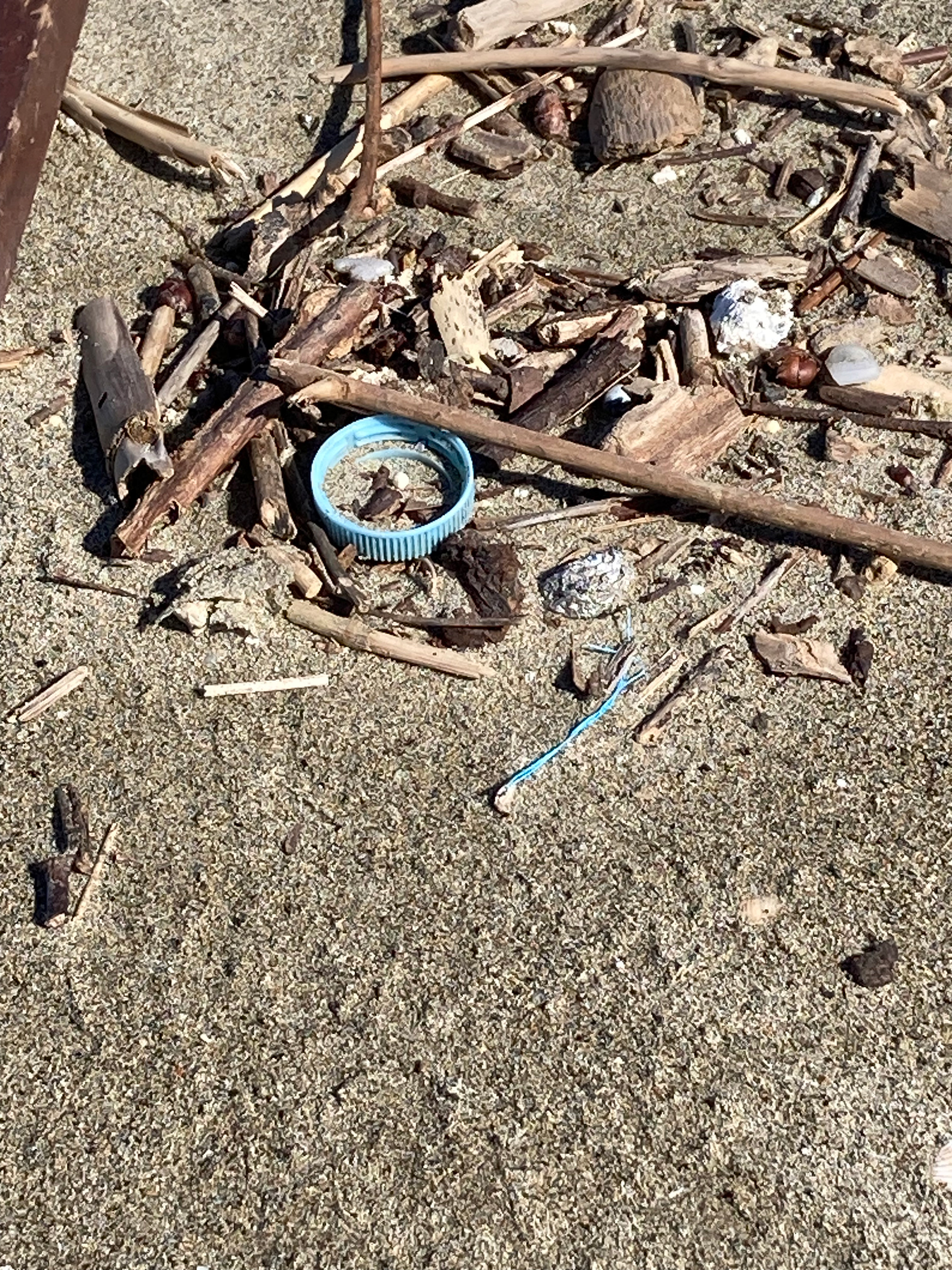
Bottle caps in Fiumicino beach
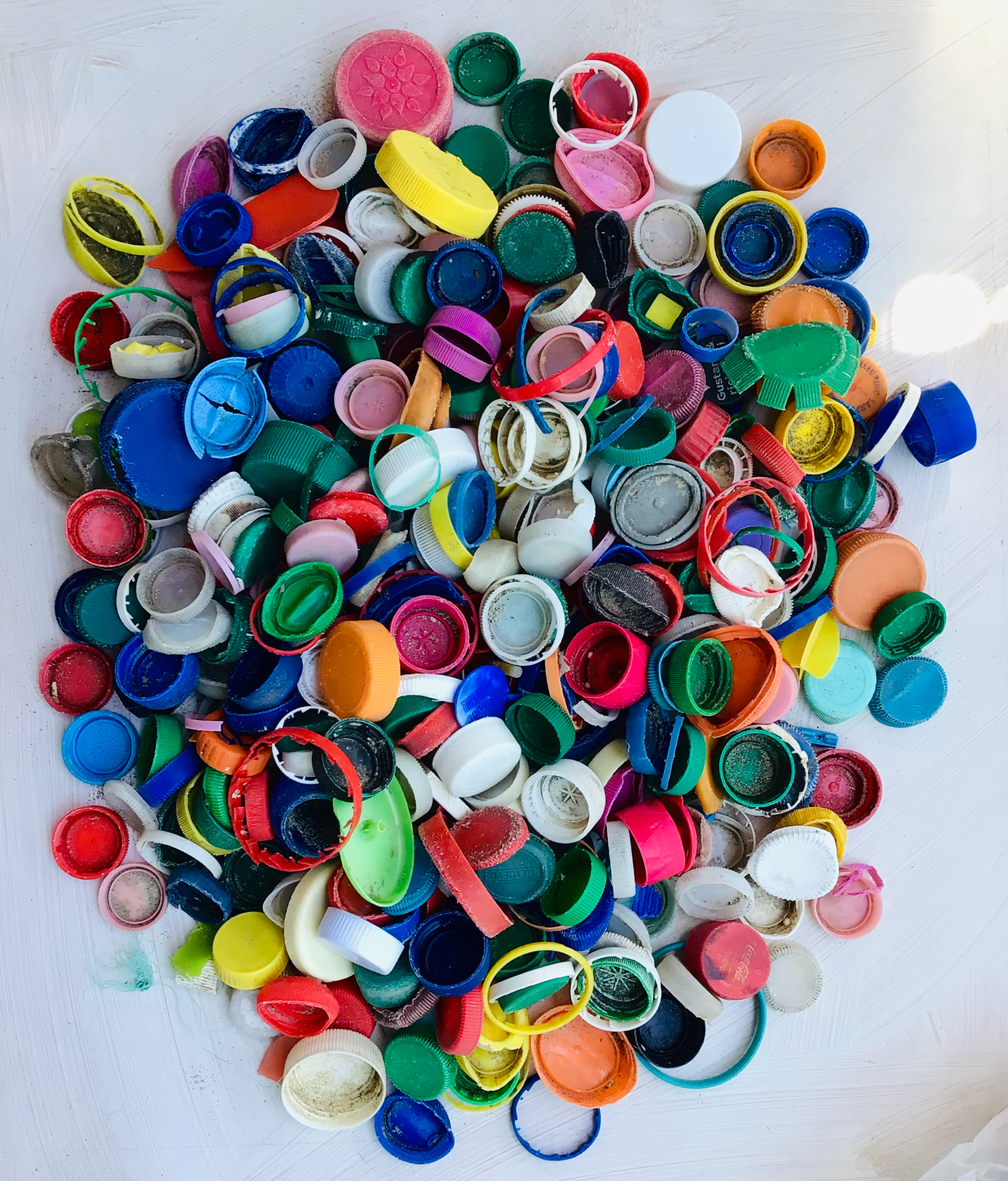
Bottle caps collected in 3 hours at Fiumicino beach.April 2024
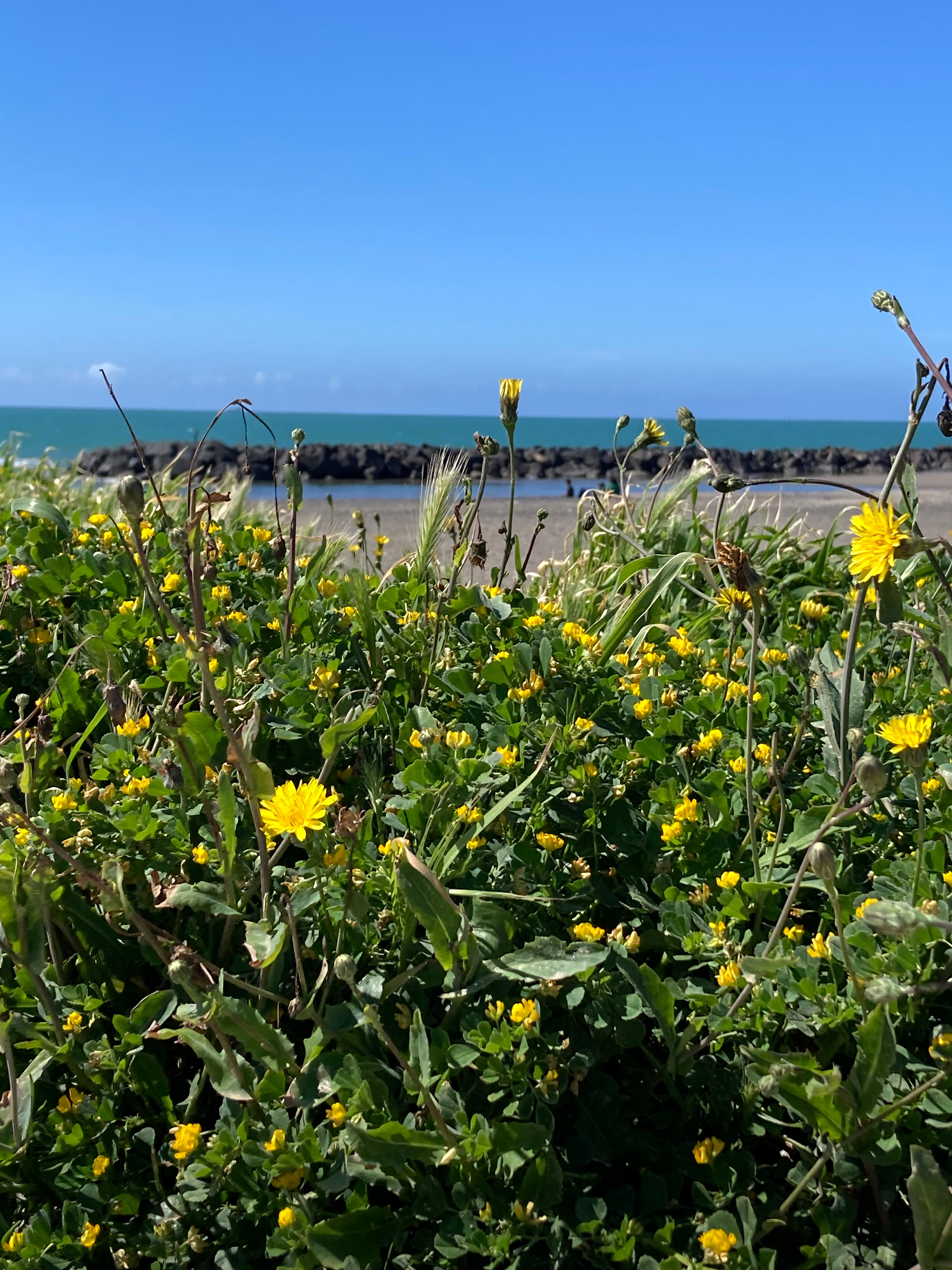
Fiumicino beach. April 2024
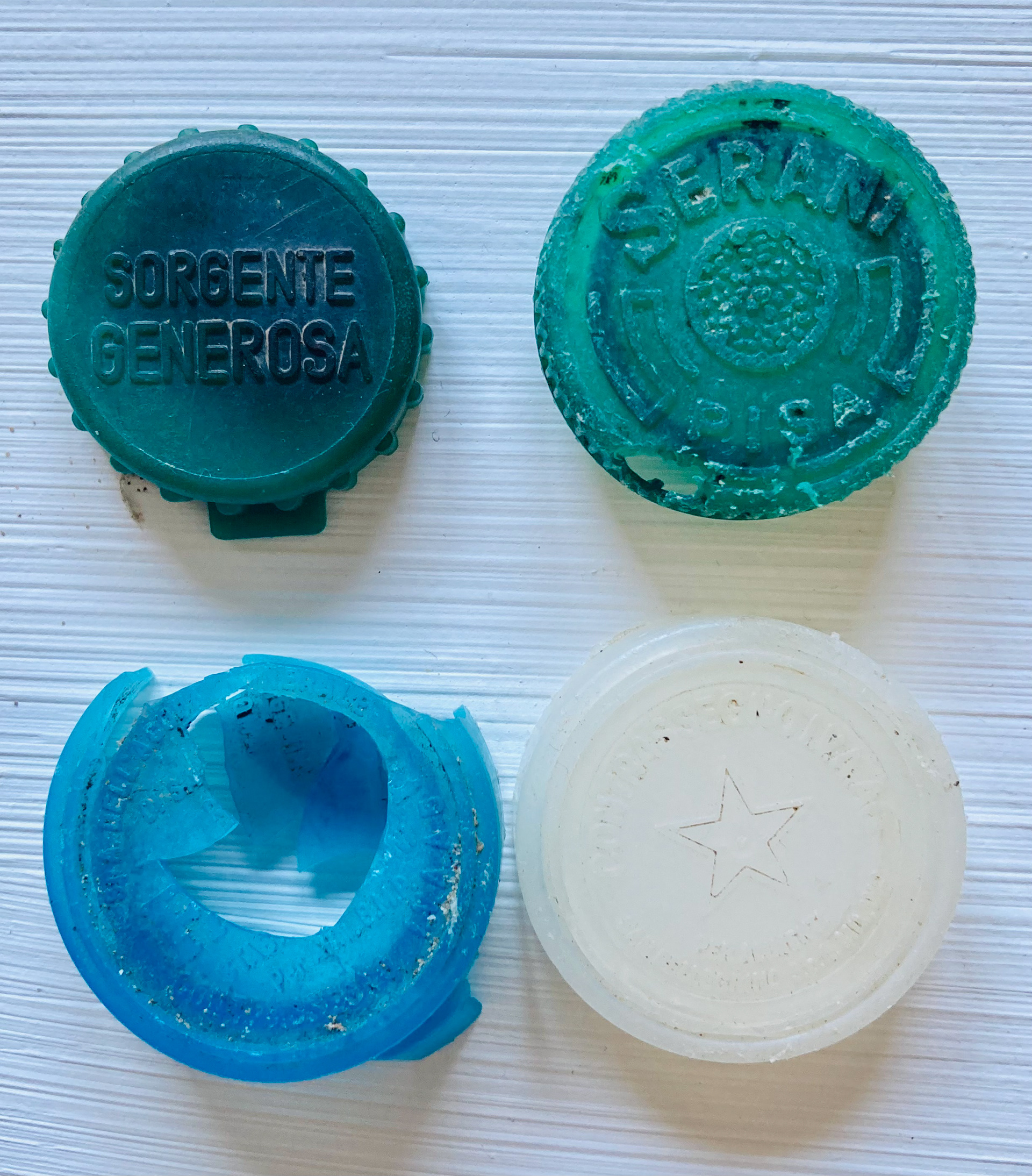
Bottle caps from the 1980's found in 2024 at Giannella beach, Italy
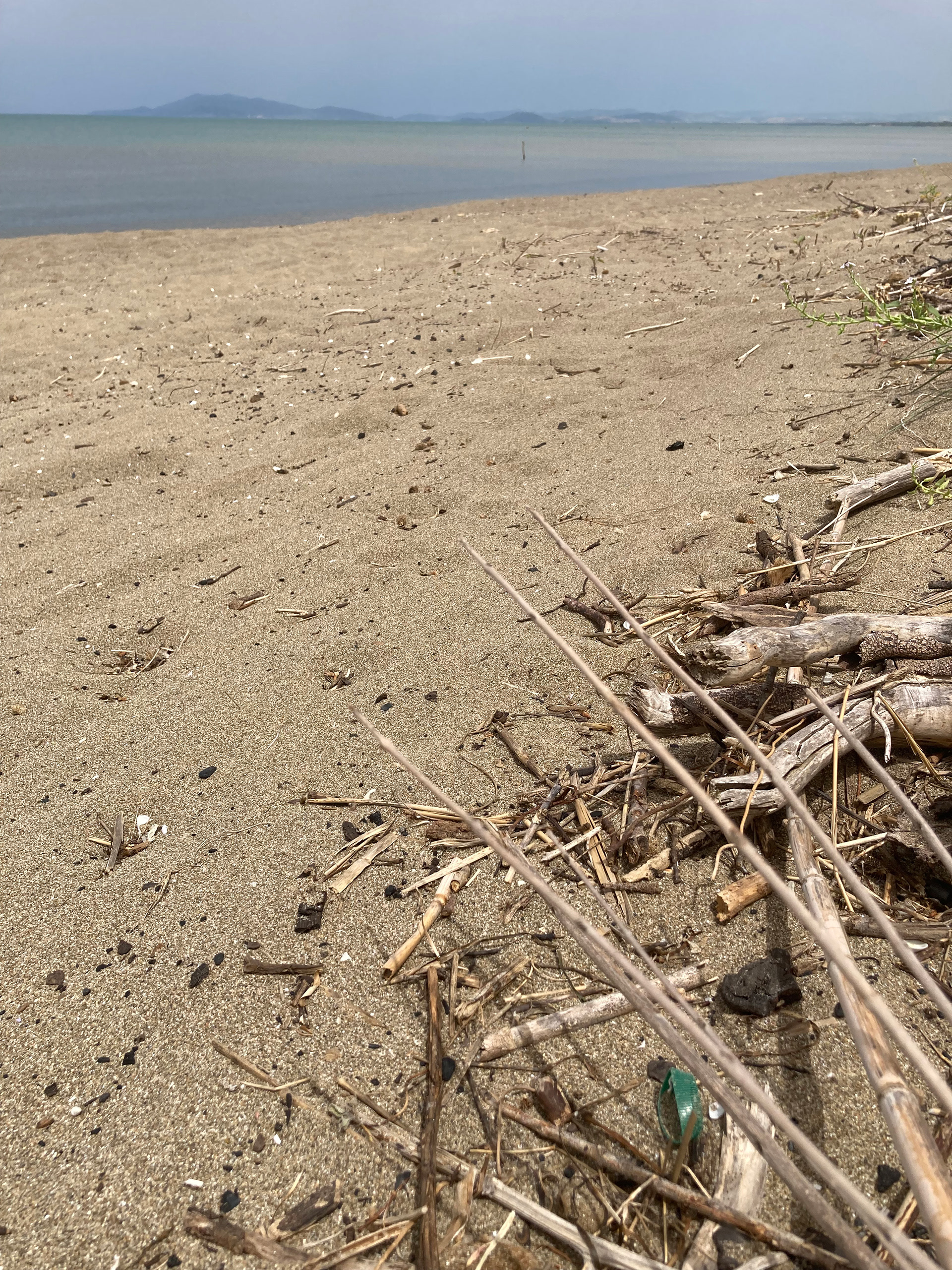
Gianella beach June 2024

Caps collected in 5 days at Gianella beach, June 2024 Italy
Recycling process description
Collected and washed plastic caps need to be heated and melted.
An iron or a flat sandwich toster or a heat gun, might be used for this purpose. If the iron or a toaster will be used, then two sheets of baking paper - one placed under the caps, the second on top of them are necessary to avoid the melted plastic sticking to the surfares. If the heating gun is used, then it's enought one sheet of baking paper placed under the caps.
After a couple of minutes, when plastic is melted, the top baking sheet needs to be taken off. The shape and texture of melted plastic then can be manipuled with the metal tools as wood karving knifes or similar. An awl might be used to make holes. Hot plastic should be touched as less as possible and ONLY with strong silicon gloves.
For a recyclling process that allows to be recycled again , different types of plastic shouldnt be mixed. Plastic type identification code is usually visible inside the bottle cap, wich most of the times is HDPE2 (High-density polyethylene)

Clean caps are ready for heating
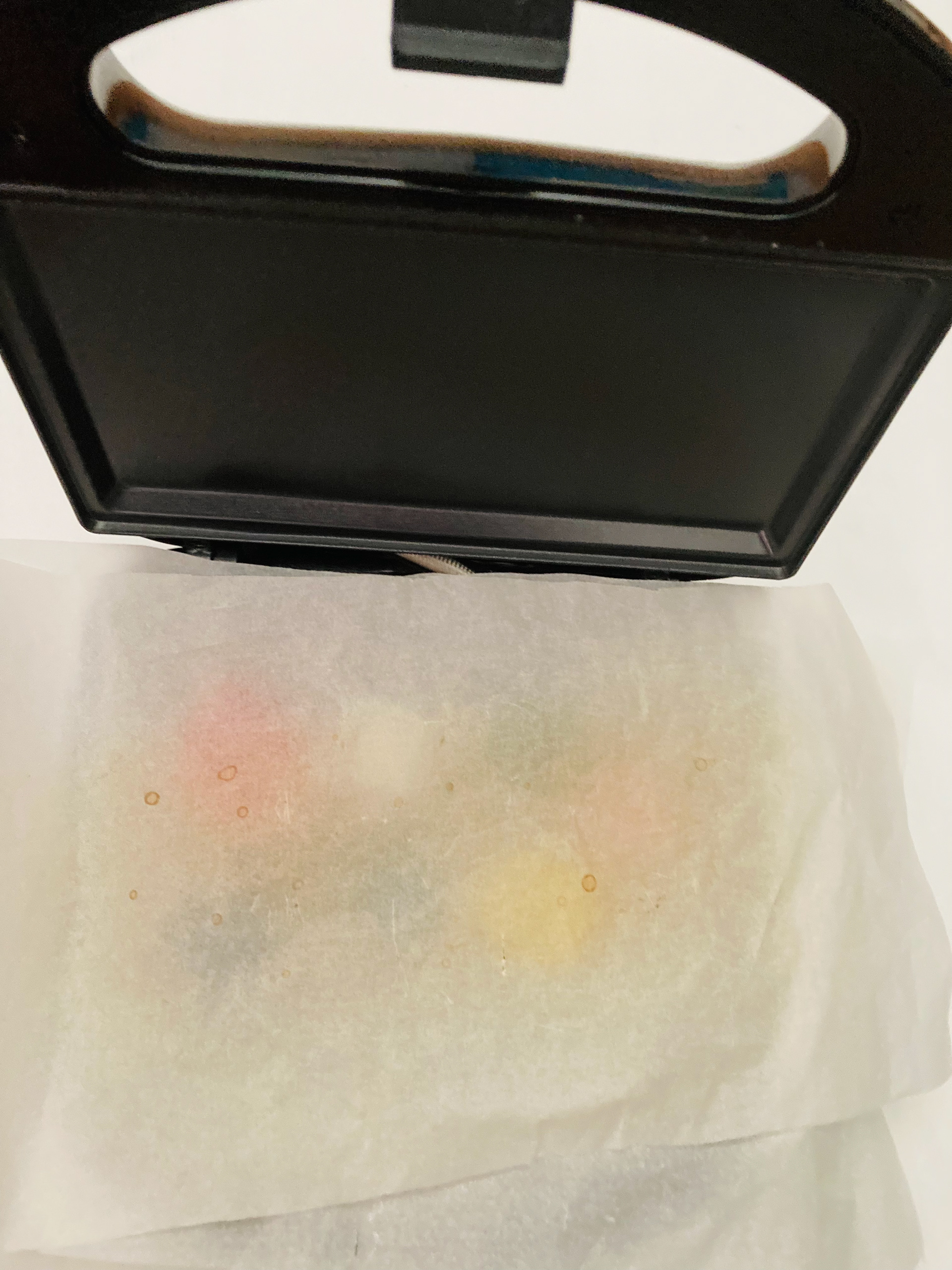
Baking paper placed under and on top
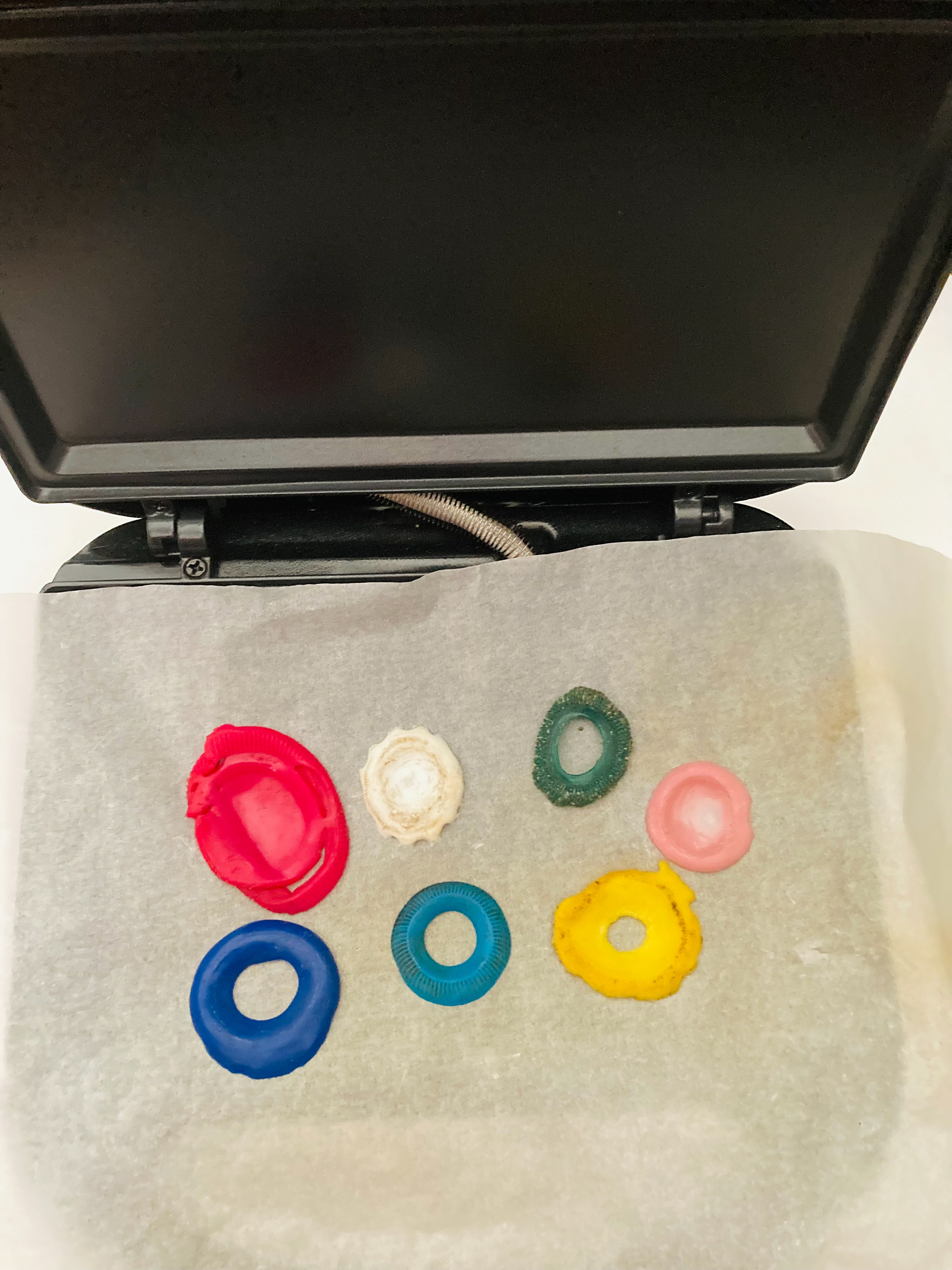
Melted caps are ready to be manipulated with the metal tools
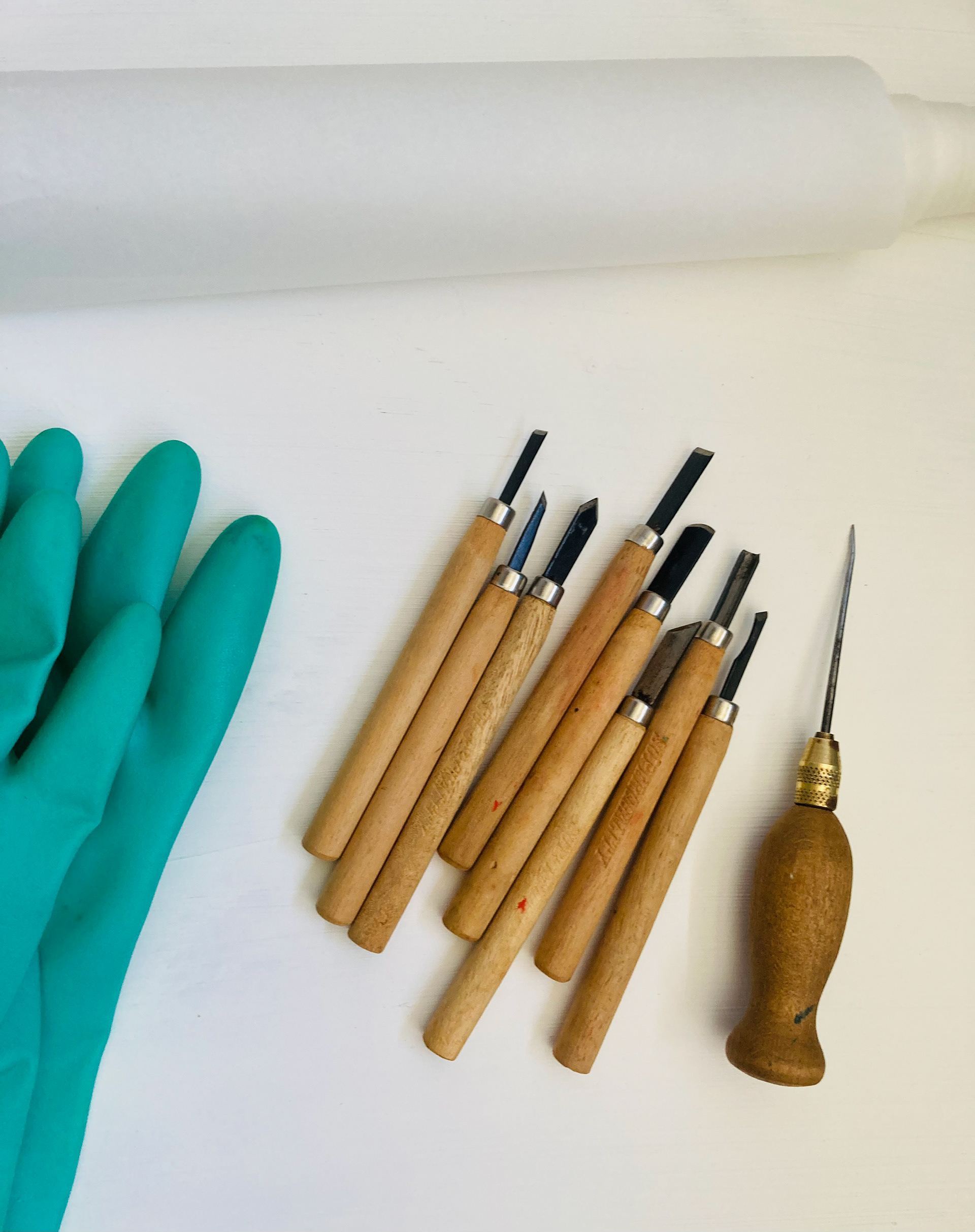
Baking paper, gloves, tools
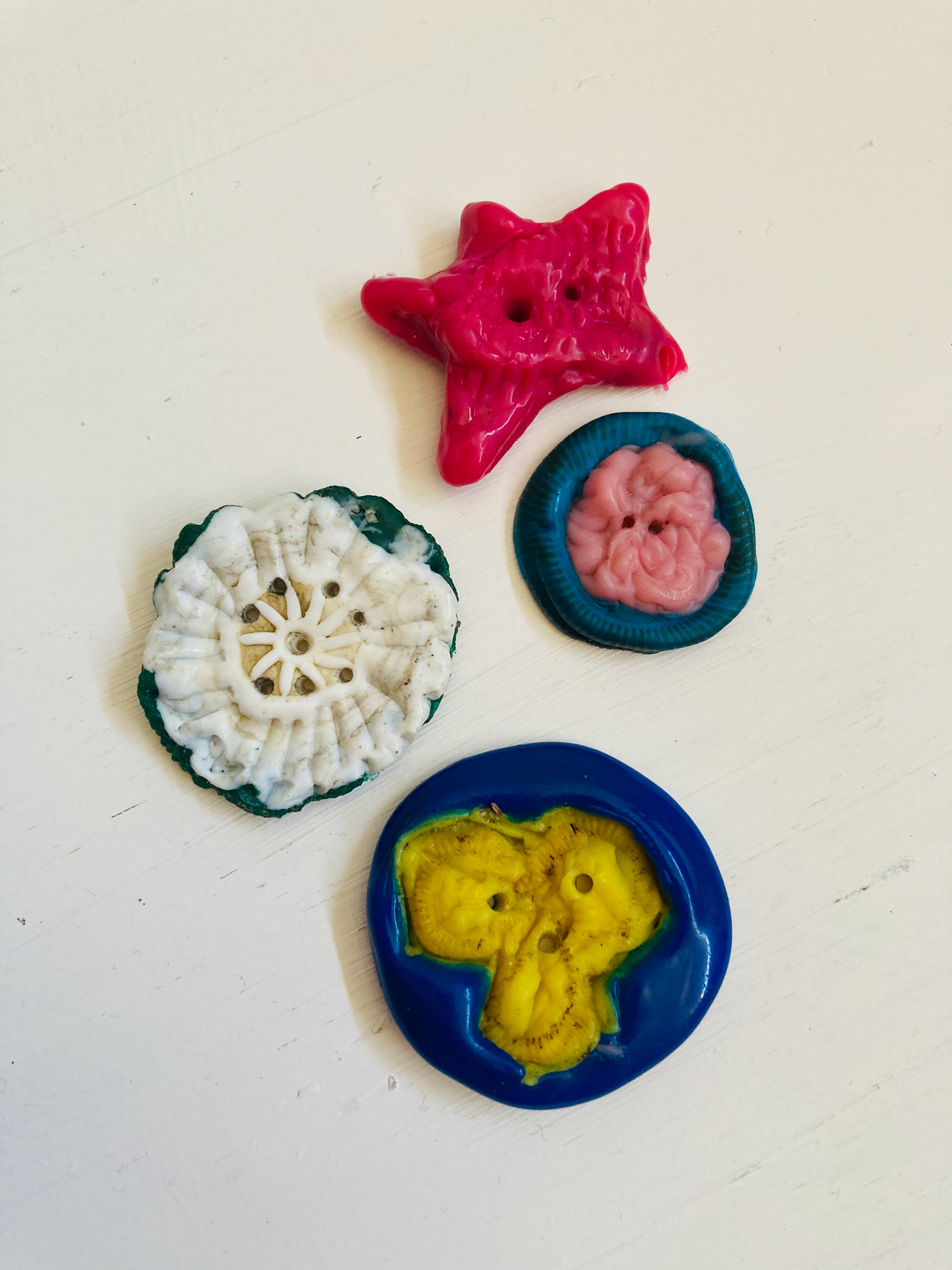
4 buttons made from selected 7 caps
Selected HDPE2 caps before and after recycling process
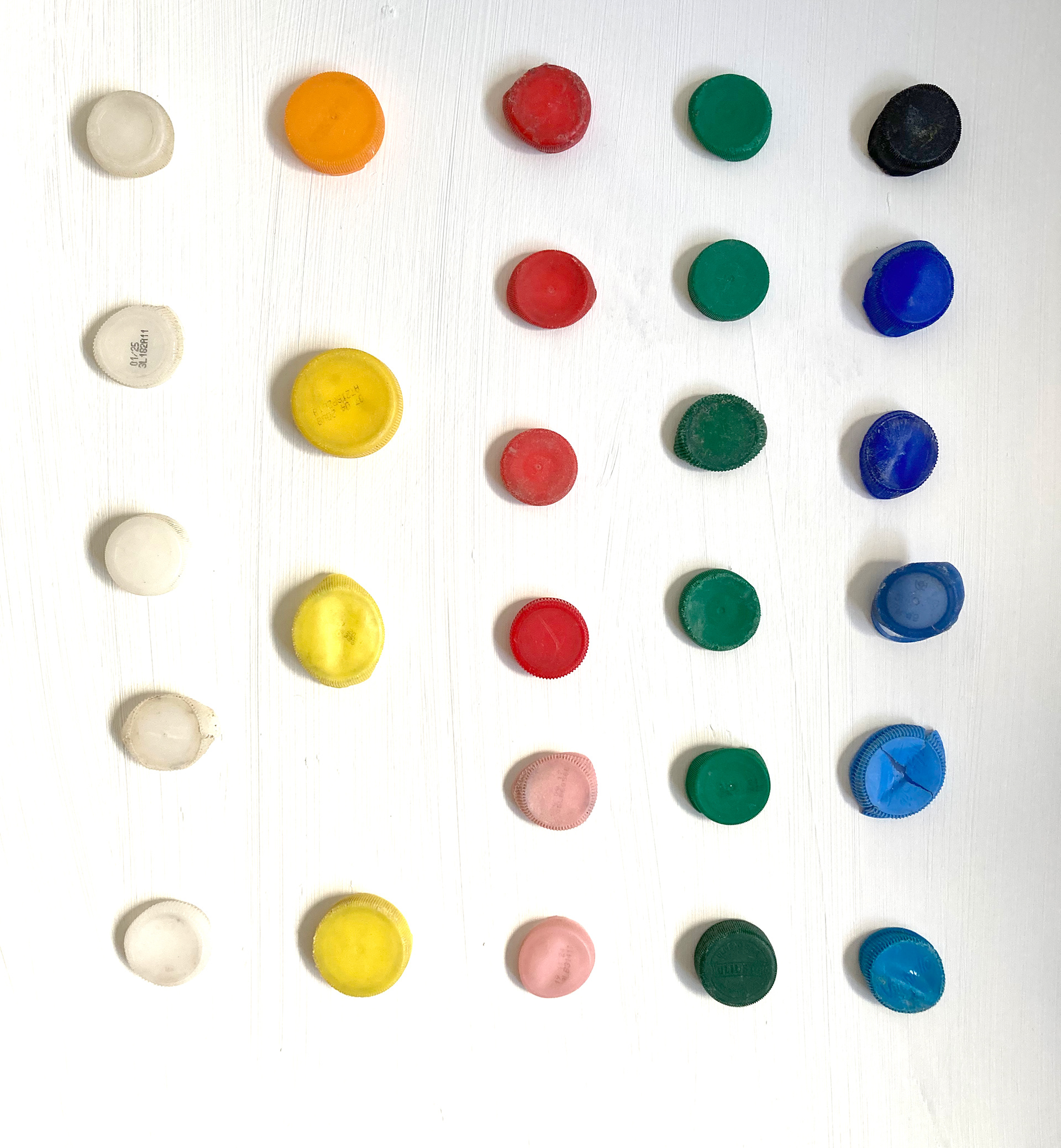
Selected 27 bottle caps are all from 2 HDPE plastic
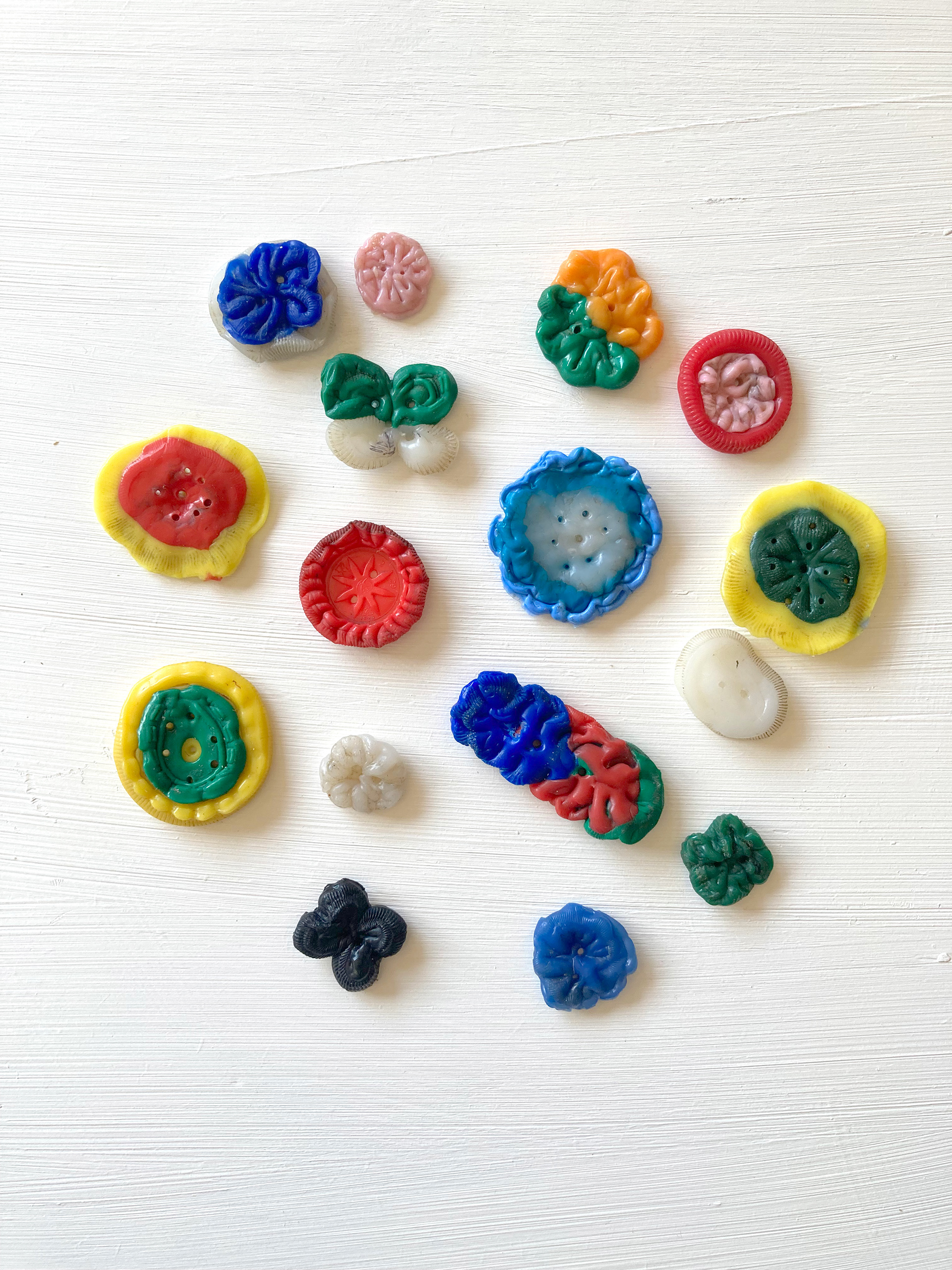
16 buttons made from selected 27 bottle caps
Samples of recycled buttons
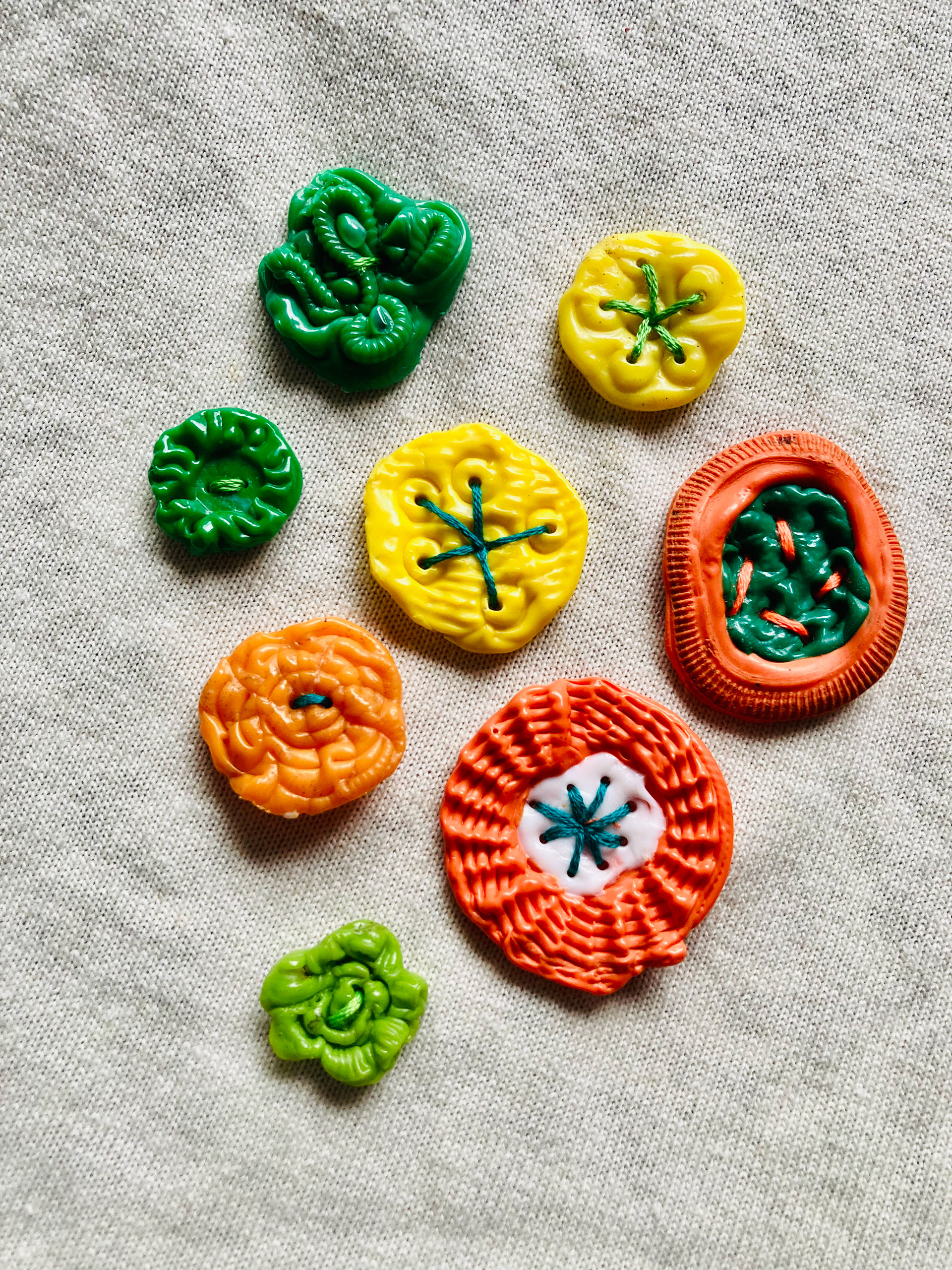
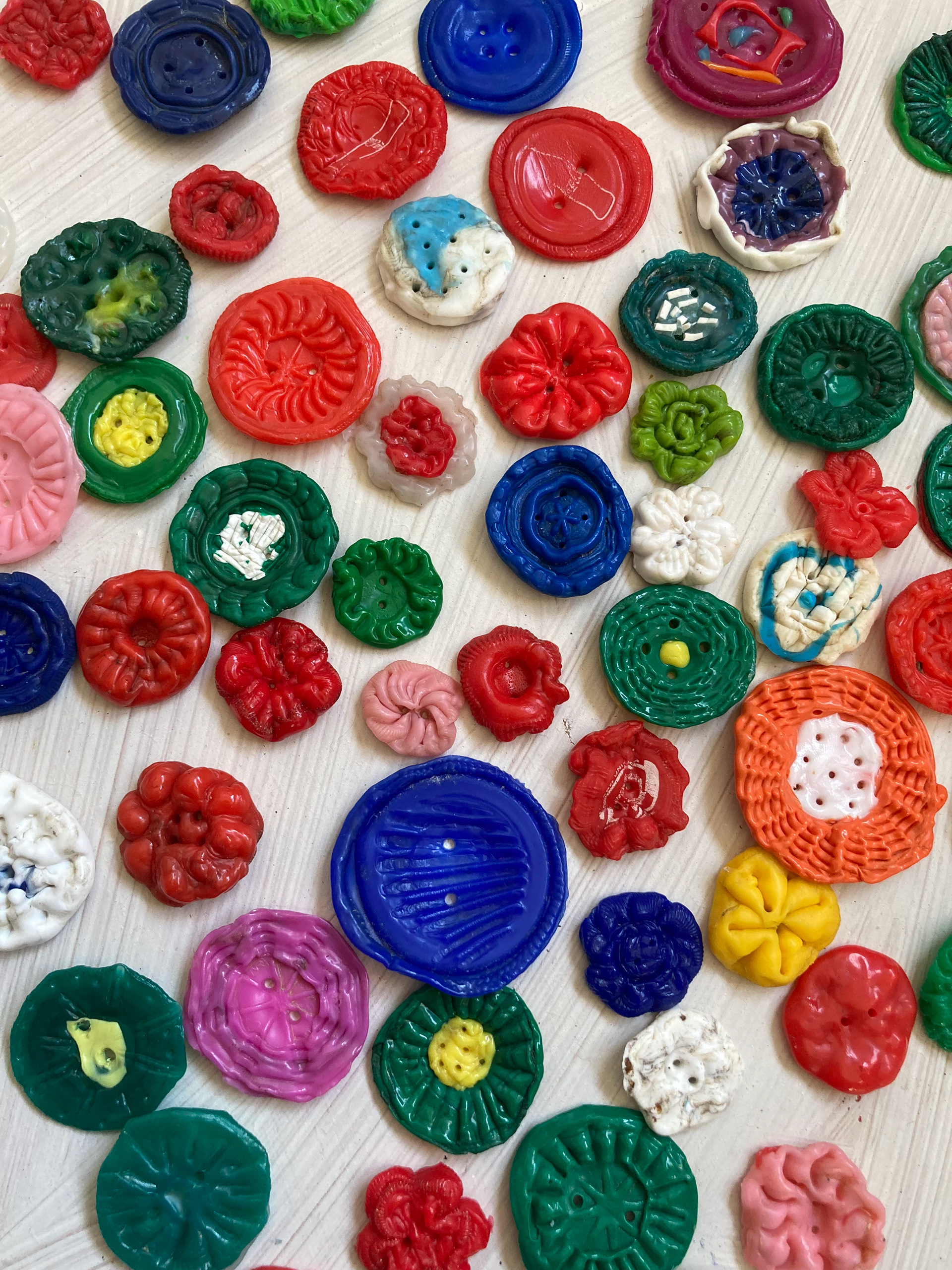
Research project "Sustanable scenography. New materials from waste"
financed by by LITHUANIAN COUNCIL FOR CULTURE . 2024


